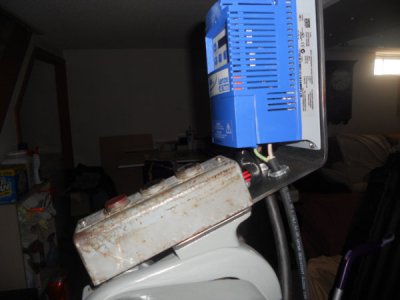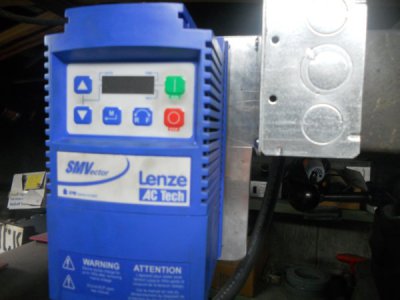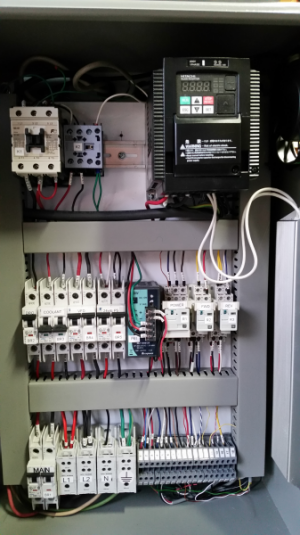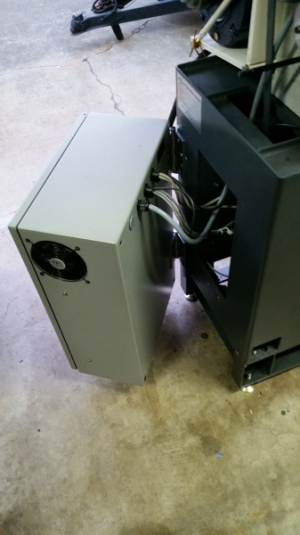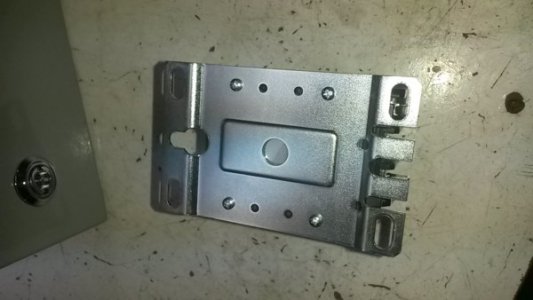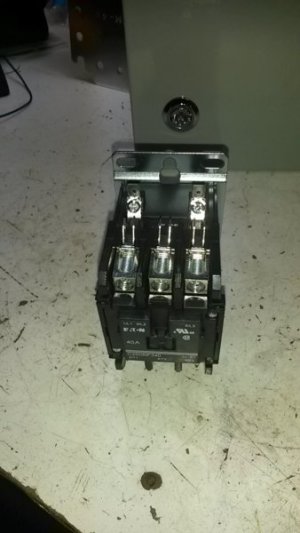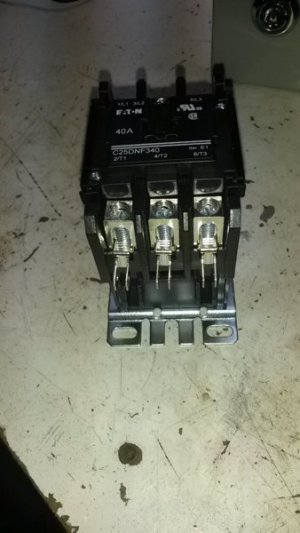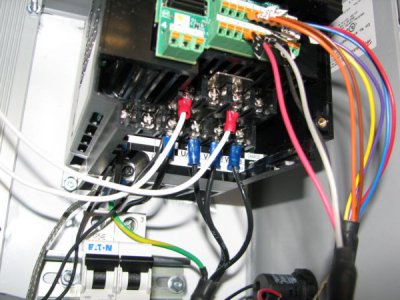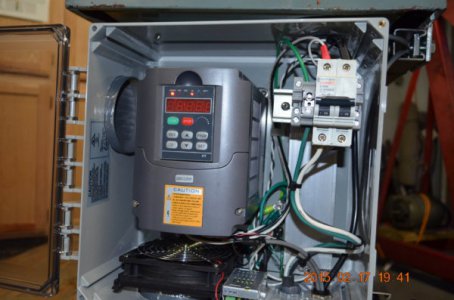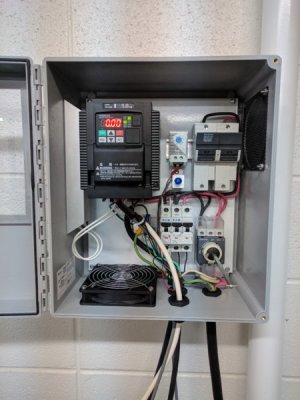- Joined
- Nov 25, 2016
- Messages
- 175
Hello all,
Embarrassingly trivial question... is there a preferred approach in attaching the organs (VFD, contactors, etc) of an enclosure to the mounting plate? Drill/tap or through-bolt? Thanks in advance.
CW
Embarrassingly trivial question... is there a preferred approach in attaching the organs (VFD, contactors, etc) of an enclosure to the mounting plate? Drill/tap or through-bolt? Thanks in advance.
CW


